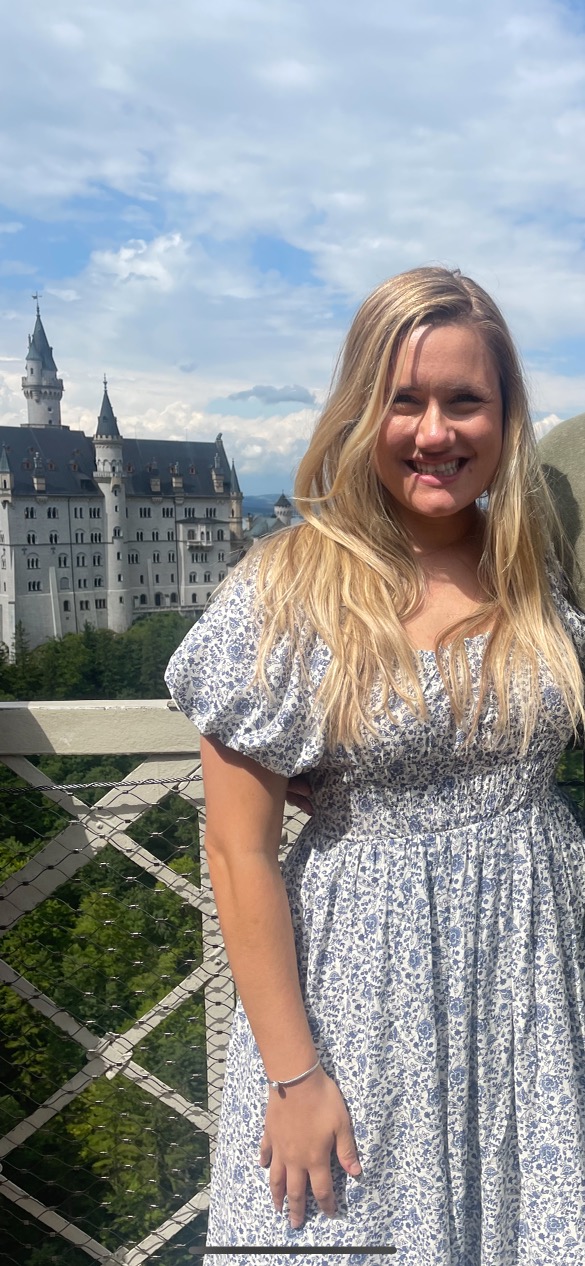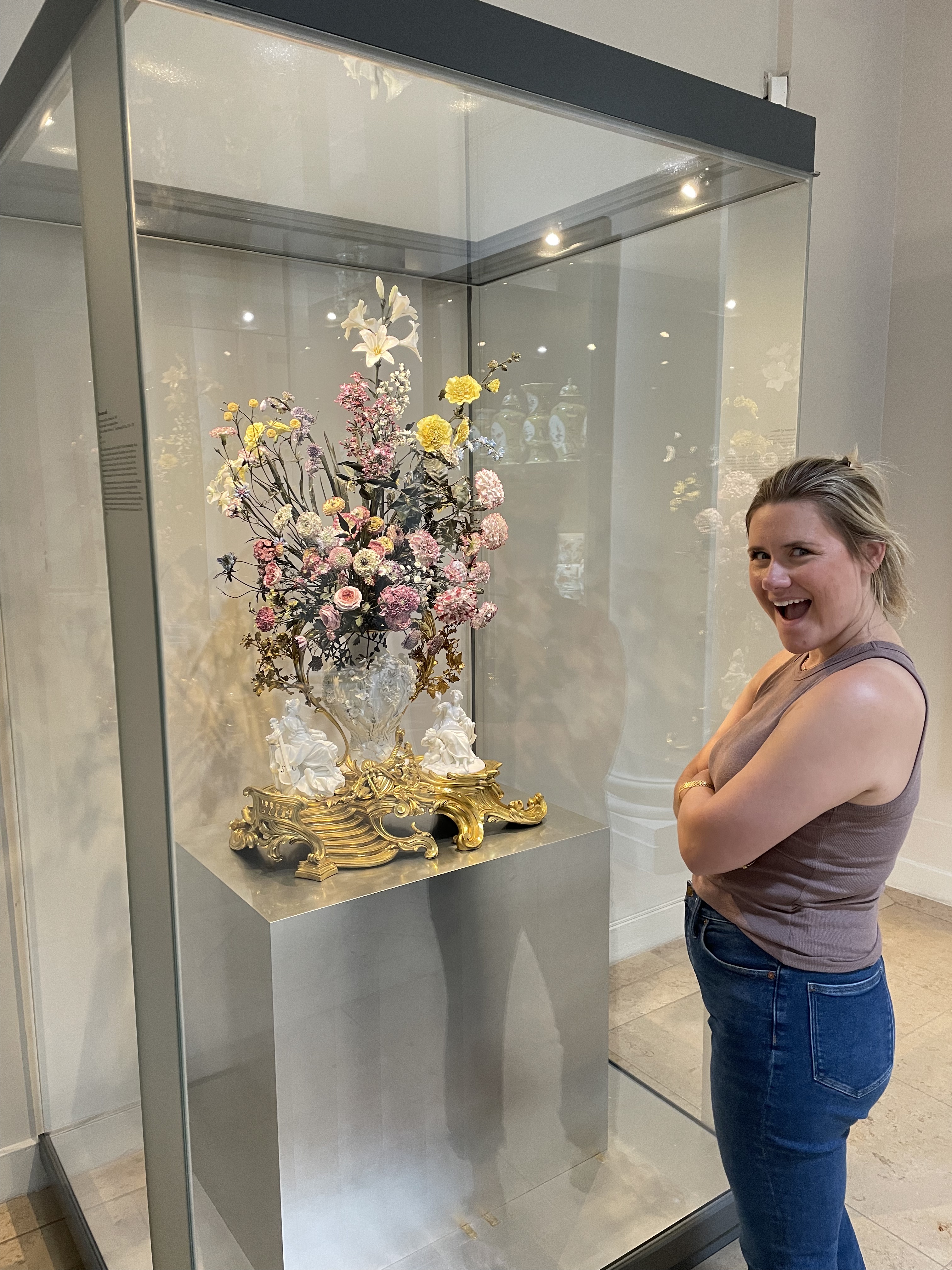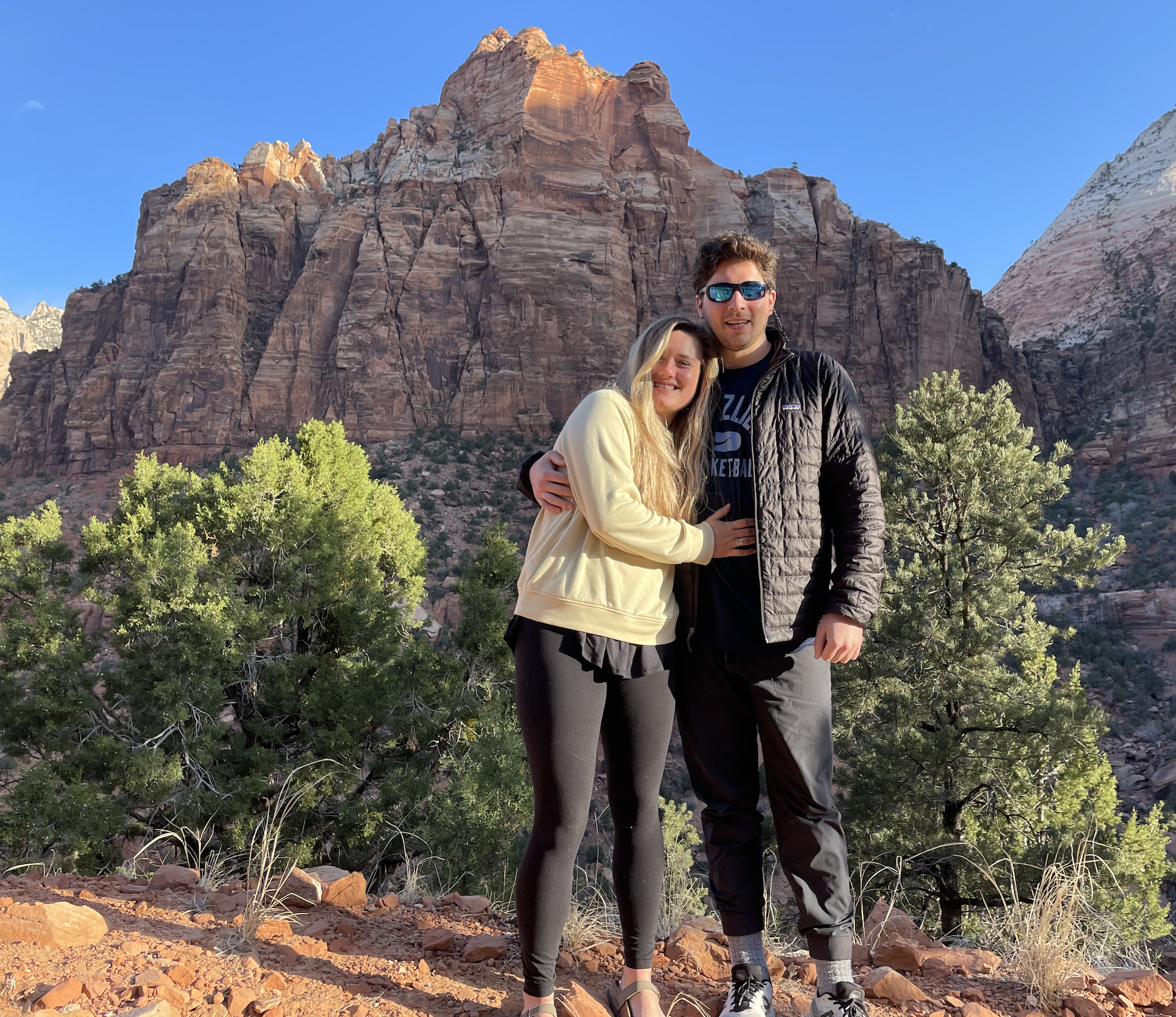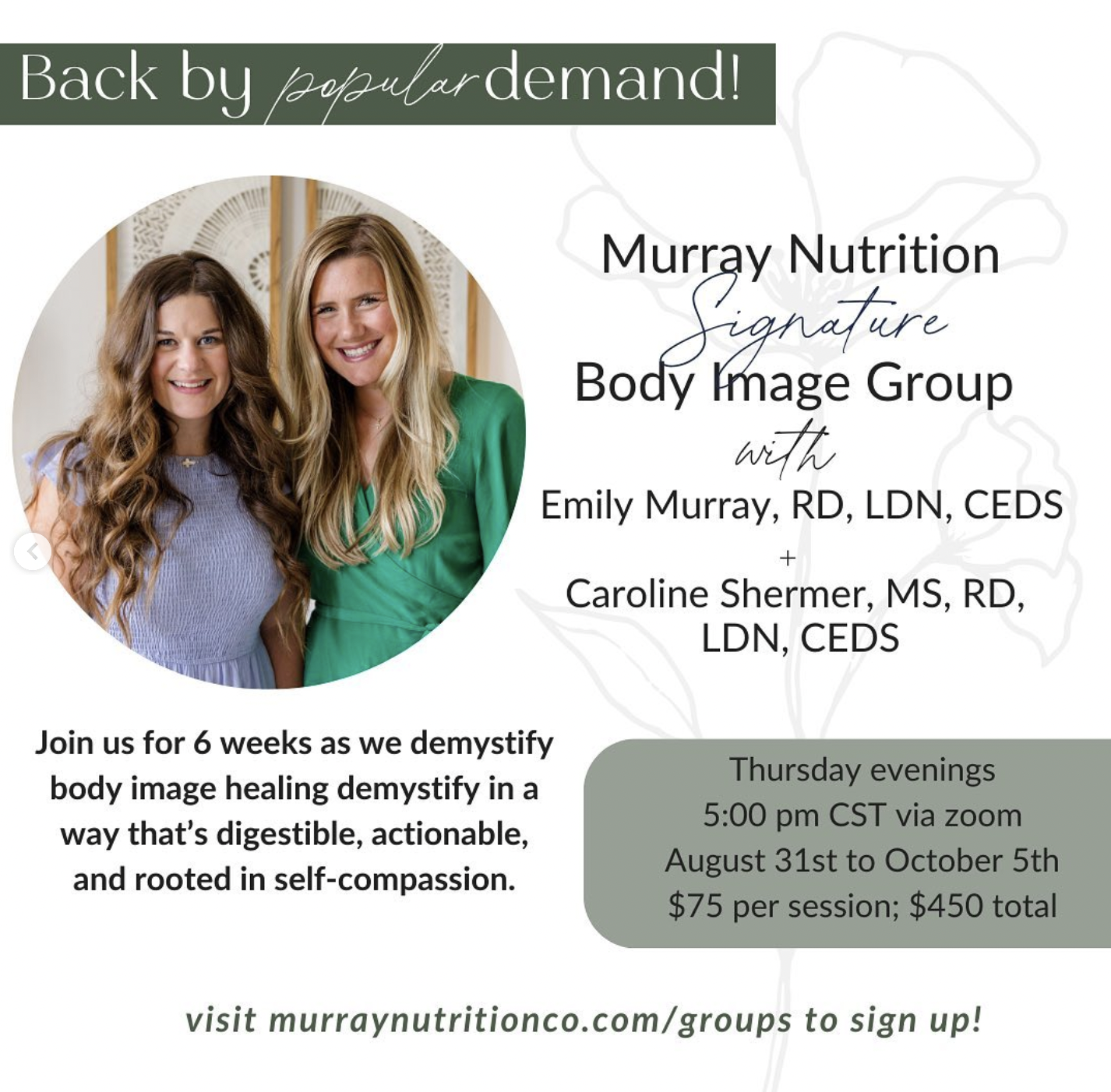photos you don’t like of yourself

August 15, 2023
I was just on a two week long trip with my family….there were lots of pictures taken 🙂
Some of them I like and some I dislike.
Years into my own recovery and body image journey, I interact with photos I dislike differently than I used to and I wanted to share those boundaries.
1. Take a step back
It’s almost immediate and compulsive how most of us come to photos of ourselves. The second the phone is in our hands, we are using our fingers to zoom in, making judgements quicker than the millisecond of a frame that photo even captured.
I talk a lot about behavior interruption with clients as a step toward behavior cessation. And before we interrupt behaviors, it’s important that we are aware of our body image behaviors. Specific to photos, some behaviors could be: zooming in, comparing to other photos, body checking, photo editing, posting out due to positive perception, not posting due to negative perception, deleting photos quickly due to negative perception, using bad photos as punishment, ect ect ect. All these behaviors are marked by intense feelings, extreme judgements, unchecked biased, and emotional urgency. There’s a difference between disliking a photo and engaging with the dislike in such a way there are long term psychological consequences. Remember, these behaviors seek to relieve initial distress, but all the while increase body image distress and body dissatisfaction in the long run.
So take a step back. Don’t look at photos immediately after being taken. Before you delete photos, give yourself a week to let the intense, urgent feelings settle. Breathe. Give yourself the time and space.
2. Reconsider the importance of this photo
This is where you can respond to the disliked photo rather than react (reacting = with behaviors). I think it’s normal that in this life we will have several if not hundreds of photos of us that we don’t necessarily like or love. That is okay. That being said, when we don’t rely on photos to showcase our worth or depend on photos to validate our sense of self, the ‘goodness’ of a photo just isn’t as important. To be more clear: a photo is only as important as the function it serves us. If photos are a trigger for you consistently, I’d urge you to examine the why. And if you’re up for it, lay that ‘why’ down. Here’s an example:
Function of photos in my ED : to show off a body that was my project; to receive acceptance and praise from others; to provide me a sense of worthiness, accomplishment, and purpose
Function of photos at my healthiest: capturing moments and memories; to document life’s joys (landscapes, relationships, special events); to share my life and connect with others BECAUSE my sense of worthiness and purpose no longer come from how I perceive my body.
3. Self reflection
“What am I looking for in this photo? And is that affecting my perception?”
Seriously, like are you looking for your 20 year old body in that picture but see your 30 year old body?? Of course that would feel jolting to your nervous system. Or are you looking for someone curvier, skinnier, happier, cooler, trendier, more poised…. When we stop looking for such an objectified version of ourselves – we find our best version: the most authentic one.
“What have I learned or what systems are in place that make me so judgmental of the fat on my body?”
It couldn’t be “heroin chic,” Disney princesses, Fox news bombshell reporters, incessant diet trends culture that’s every where?????????? Y’all we live in an obnoxiously fat phobic world that worships thinness. You were not born desiring thinness or a perfect body. It may not be in your conscious memory, but there as a time and a place where you didn’t live to change, fix, or ruminate on your body. You just lived. It’s imperative on your body image journey to consider your helpful and harmful beliefs about bodies and challenge them!! Beliefs are learned – which is hopeful news. Because they can be unlearned, challenged and replaced if you chose so.
From there, it’s a beautiful and good practice to normalize seeing your here-and-now body that has fat on it. Your here-and-now body that lives rather than one perfectly posed. Your here-and-now body that has permission to take up space, grow, rest, and play! At the beginning, we talked about taking a step back from seeing a photo you dislike of yourself. And I stand by that. But as you widen your window of tolerance for how you perceive your body, I’d encourage you to linger in a *non judgmental* place to really see your body. Get used to the rolls, the width, the softness, the edges, the curves, the hair, the smile, the wrinkles…… We can actually teach our brains through this process that seeing a photo of ourselves we dislike isn’t a threat (like our brain used to perceive it as). It’s just a body. How countercultural is that? I’m here for it.
Here’s me offering y’all the hope that you could dislike a photo of yourself and at the same time stay regulated, connected, and confident.




Another great piece. Thank you so much!
Thought I’d share this quote from Hunter S. Thompson (who, I’m sure never suffered any body-image grief) that got my attention (because—yikes!!–at 74, I’m still insulted by the effects of gravity on my body and my vanity):
Life should not be a journey to the grave with the intention of arriving safely in a pretty and well-preserved body, but rather to skid in broadside in a cloud of smoke, thoroughly used up, totally worn out, and loudly proclaiming, “Wow! What a Ride”.
Still working on it…
Keep writing!
Nina Fazio